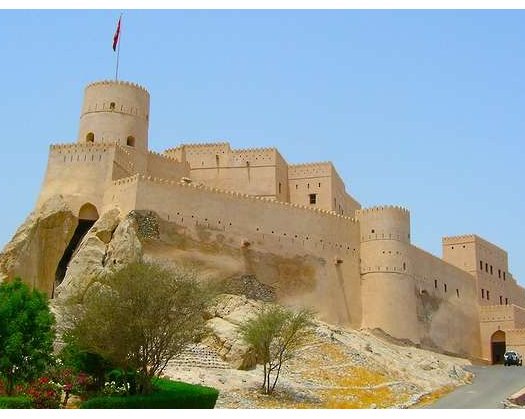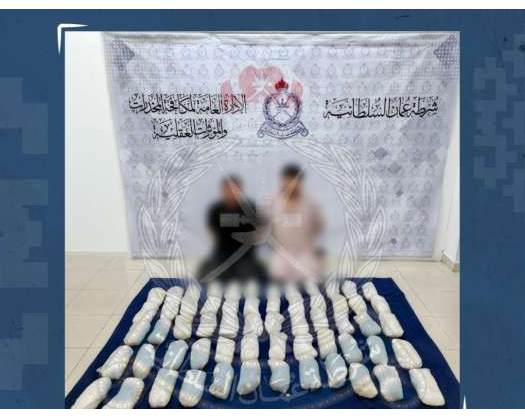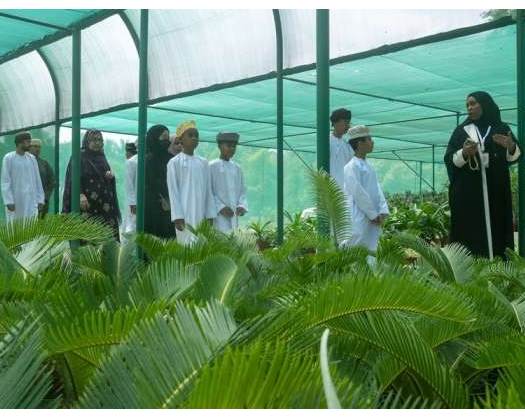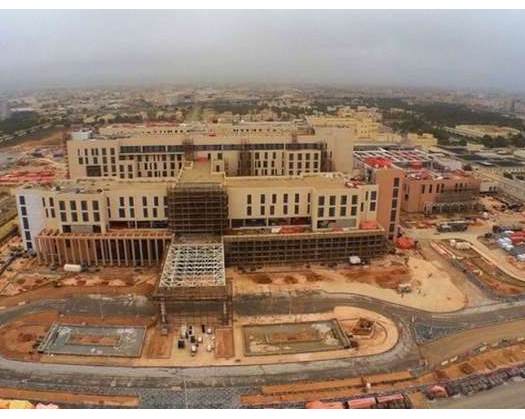Muscat: Archaeological findings, including rock carvings from the Iron Age, have been unearthed near the historic Nakhal Fort within the South Al Batinah Governorate. These carvings were meticulously crafted on the bedrock upon which the Nakhal Fort stands. They depict a knight wielding a spear, alongside horses and other knights, along with various other rock formations, notably those previously discovered in the village of Stal within the Wilayat of Al Awabi.
Harith bin Saif Al Kharousi, a distinguished researcher specializing in history and excavation, has elucidated that these carvings are of the Iron Age, specifically dating back to the first millennium BC. He further noted their resemblance to similar carvings found in mountainous regions of the Sultanate of Oman.
Among the notable features of these carvings are depictions of snakes, which are unique to the Arabian Peninsula and were created through a technique of sunken engraving on the rock.
Al Kharousi also highlighted the significance of the two-horned knight's carvings, suggesting they represent the ancient practice of humans emulating various animal characters, a theme frequently found in ancient literature. He proposed the cultural and tourism potential of this site, advocating for its integration into the broader tourism landscape.
It is important to acknowledge the strategic location of the Wilayat of Nakhal within the South Al Batinah Governorate. This area offers a panoramic view of the Al Batinah Plain on one side and the Western Hajar Mountains on the other. Historically, the region was a pivotal crossroads for ancient trade routes and was also home to Ain Al Thawara, a perpetually flowing spring that attracted settlements throughout ancient times due to its reliable water supply.










